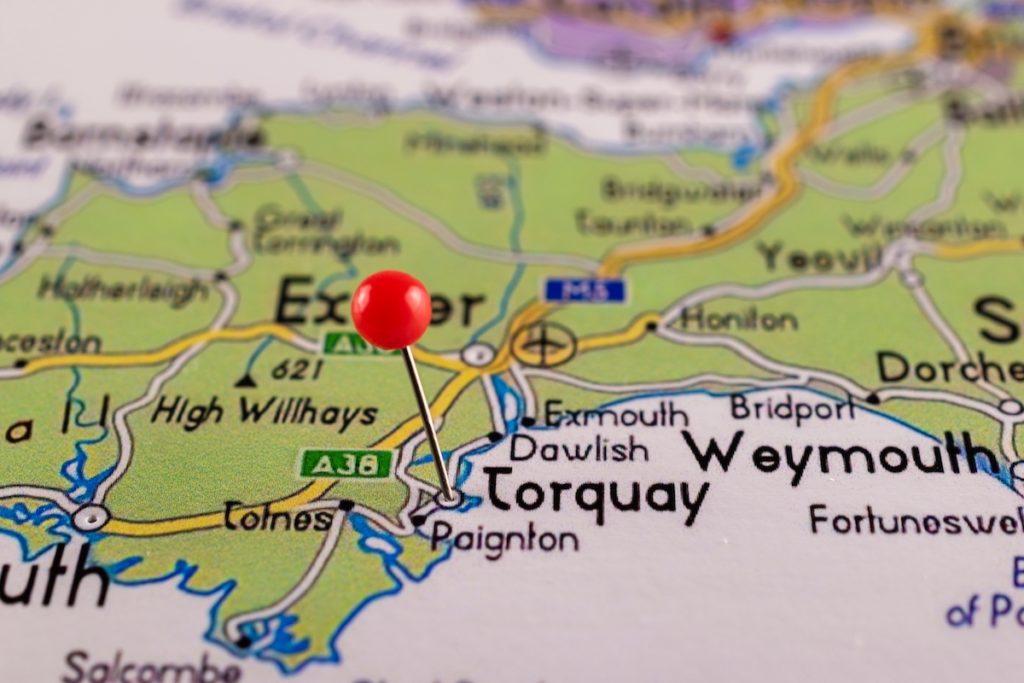Billy and Gwen* have a 30% share in their home in South West England. They want advice on rural shared ownership valuations and staircasing.
“In 2014 we bought a 30% share in a house in the village my wife grew up in. House prices are extremely high where we live. The aim of our affordable shared ownership development is to help keep young people in the area. So we had to have a local connection. Now we’re looking into our staircasing options.
This week we instructed a RICS surveyor to carry out a valuation. He told us our home would be valued as if it was a freehold. But we assumed that the ‘local connection’ clause, 80% staircasing cap, and being a leasehold property would reduce the value. If the RICS valuation is too high it might make staircasing too expensive for us. It could also make it harder to sell our share in the future.
We would really appreciate some independent guidance on whether the valuation we are going to get is fair and correct?“
Chris Baker is the Managing Director of McDowalls Surveyors. He says… Your question flags up several differences between rural shared ownership and other shared ownership schemes. In this feature I’ll explain valuations for rural shared ownership schemes. I’ll explore capped equity in more detail in a follow-up feature.

You mention that:
- You’re looking at your options, but aiming to staircase to 50% ownership.
- There is a staircasing cap of 80%, with your housing association always retaining 20%.
- Your property had a 125-year lease, which now stands at 117 years and 9 months.
- Your home is in a ‘desirable’ village where property prices are extremely high.
How do RICS surveyors value properties?
You’ve asked how leasehold tenure, a ‘local connections’ clause and a staircasing cap of 80% affect valuation of your home. Before I tackle these specific issues, it’s worth looking at how RICS surveyors value properties generally. In short, they assess market value. And, to do so, they work to a definition published by RICS (the governing body for valuation surveyors).
‘The estimated amount for which an asset or liability should exchange on the valuation date between a willing buyer and a willing seller in an arm’s length transaction after proper marketing where the parties had each acted knowledgeably, prudently and without compulsion’.
Valuation and sales price, RICS, March 2019
There are a number of different methodologies that could be used to arrive at the same market value. In my view, the best quality valuation starts with a site visit. But that might not always be possible. Valuers also can provide desktop valuations. For example, they can assess market evidence relating to previous sold prices for that property, and/or for comparable local properties. Historical sold prices are adjusted to take account of property market movements in the meantime, and any significant differences between otherwise comparable properties.
Leasehold v freehold
Whether a property is freehold or leasehold doesn’t make any difference to the price homebuyers are willing to pay. Consequently – all things being equal – whether a property is freehold or leasehold wouldn’t make any difference to the valuation.
In this case, as your home is leasehold, what will make a difference is the number of years remaining on your lease. At present, it’s generally much more expensive to extend a lease once there are fewer than 80-years remaining. For this reason, a RICS surveyor would value a property with a short lease at a discount to a similar property with a longer lease. But, in your case, as you still have nearly 118 years remaining, this isn’t a significant valuation issue as a buyer and any mortgage firm would consider this remaining term suitable for lending purposes. So it wouldn’t make any difference to your valuation.
Rural shared ownership valuations
It also makes no difference to the price homebuyers are willing to pay whether a property is sold on a private or shared ownership basis. A valuer is considering a market value and that market is considered open to all. However – as your question highlights – in the case of rural shared ownership schemes there may be additional factors that a surveyor will need to consider.
Desirability of rural locations
Desirable locations attract higher property prices. RICS surveyors will therefore take desirability into account in assessing how much a homebuyer would pay for a home. Or, to put it another way, they will know that an area is desirable because comparable local properties will be selling for higher prices than those in other areas. As a consequence, they’ll take desirability into account in your valuation, as long as there is comparable evidence to support this.
RICS methodology for valuations is the same regardless of the reason for the valuation; say, staircasing, lease extension or sale. Desirability is likely to work in your favour when you come to sell, as it should lead to a higher valuation and hence a higher achieved price.

But the flip side is that property prices could rise substantially faster than your income, with a corresponding risk that staircasing becomes ‘too expensive’.
Local connections criteria
The ‘local connection’ clause is intended to help ring-fence affordable housing for local people. However, it could also reduce the pool of potential purchasers (no second-home buyers allowed!). So it might not be as quick and easy to sell your home as without this clause. The ‘local connection’ clause will, of course, be off-set by the desirability factor. Even so, it’s reasonable to argue that a ‘local connections’ clause should result in a reduction of the estimated value.
Rural shared ownership 80% staircasing cap
Whether or not to apply a discount in relation to an 80% staircasing cap is a matter of judgement. If the area is particularly desirable, an 80% cap might not make any difference to potential purchasers. However, it could reduce the pool of potential buyers, as any homebuyers who can afford 80% may want to aim for full ownership. On this basis, it would be reasonable to discount (reduce) the valuation accordingly.
Will my rural shared ownership valuation be fair and correct?
RICS surveyors are bound by a professional code of conduct. They use standard methodology to ensure independence and consistency in valuing properties. So, in this sense, yes, your valuation should be ‘fair and correct’. But property valuation is complex. In practice different surveyors could arrive at slightly different valuations for the same property. In negligence cases, a valuation margin of 10% may be considered reasonable.
A good firm should be prepared to do a review of any valuation. They should be prepared to alter their opinion if there’s evidence to justify it.
In Part 2 I’ll look in more depth at equity caps in rural shared ownership schemes.
(Shared ownership valuations: buying and selling has more tips on how to proceed if a valuation isn’t in line with expectations).
*Names have been changed.
Shared Ownership Resources continues to exist thanks to the generosity of supporters.
If you found this content useful, please consider making a donation. Many thanks!

Hi Chris, interesting article. We’ve recently had a 2nd RICS valuation completed after the local housing association disagreed with the first valuation. Both were by RICS assessors and the difference between the two valuations equates to £40k. For example, the first valuation valued the house at £375k and the improvements we made at £35k. The 2nd valuation valued the house at 405k and the improvements we made at £20k. As per the terms of the lease the housing association can insist we take the 2nd valuation even though there is such a large discrepancy. Be good to get your thoughts on potential next steps or ways of challenging this?
Thanks for your query. Chris comments that the difference might arise from timings and the evidence considered as comparable when arriving at each valuation. Are you able to provide any further information (housing association, dates of the respective valuations, and the lease term you mention)? Please email me if you’d prefer not to share this information publicly – info@sharedownershipresources.org.
If you are confident there is a case to be considered you might want to ask the housing association to consider an application to the District Valuer to determine the value. The District Valuer is the final arbiter for valuation disputes, but it’s a slow and laborious process.
This report by the Housing Ombudsman on a shared ownership valuation dispute might be of some interest….?
https://www.housing-ombudsman.org.uk/decisions/torus62-limited-202100229/